How To Plan A Vacation
Planning for any vacation should include basic elements like:
- Researching your destination
- Creating a budget
- Selecting travel dates
- Choosing the right transportation
But nothing turns a vacation upside-down like getting sick or injured, having valuables stolen, getting bad news from back home, or any number of other unfortunate events.
The good news is that you can take action to prepare for – and help prevent – things like these. And you can start by checking out our 18 tips to help you plan for a safer, more secure, and healthier vacation.
1. Allow plenty of time to do safety-focused research
Give yourself ample time to plan for your vacation. Six months out is a good goal, though that will depend on many other factors – how flexible your schedule is, where you ultimately choose to go, how long you plan to stay, and more.
In any case, starting your planning early gives you more time to research where to go and specific sites to see. And while you’re doing that, you can make safety part of your research criteria.
For example, if you’re set on going abroad for your vacation, Berkshire Hathaway Travel Protection has compiled a list of the safest places to travel. We use traveler surveys as well as valuable safety information from the following resources, which are also available to you:
- The Global Peace Index, published annually by Vision of Humanity
- The State Department’s numerical safety rating
- The Global Finance Index of destination safety
If you’re sticking to the U.S., you have plenty of resources to inquire about safety concerns and travel advisories. Check out the websites of state and local governments and tourism boards, check out our travel-safety blog, and do some smart web or AI searches like, “Is it safe to travel to ...?”

Photo by Gustavo Zambelli on Unsplash
2. Secure the homefront before you go
Yes, you’ll eventually want to switch emotional gears and get into vacation mode, but not too soon. Before you leave, make sure you secure your home and take basic precautions like the following. Note that all may not apply to you and your home:
- Stop your mail, newspapers, and other deliveries. You don’t want to broadcast that you’re gone.
- Let a neighbor know what you’re doing and ask them to keep an eye on your place. If a package does get delivered, they can also pick it up.
- Secure valuables in a hidden safe or off-site, like a safety deposit box at your bank.
- Lock doors and windows on every story/floor. Also, stash your extra keys, especially the ones you’ve “hidden” outside your house.
- Double-check that your alarm system is good to go.
- Confirm your security lighting/motion-detection lighting is working.
- Make sure your closed-circuit television is functioning, has the capacity to store footage, and will work if you plan to access it via the internet while you’re gone.
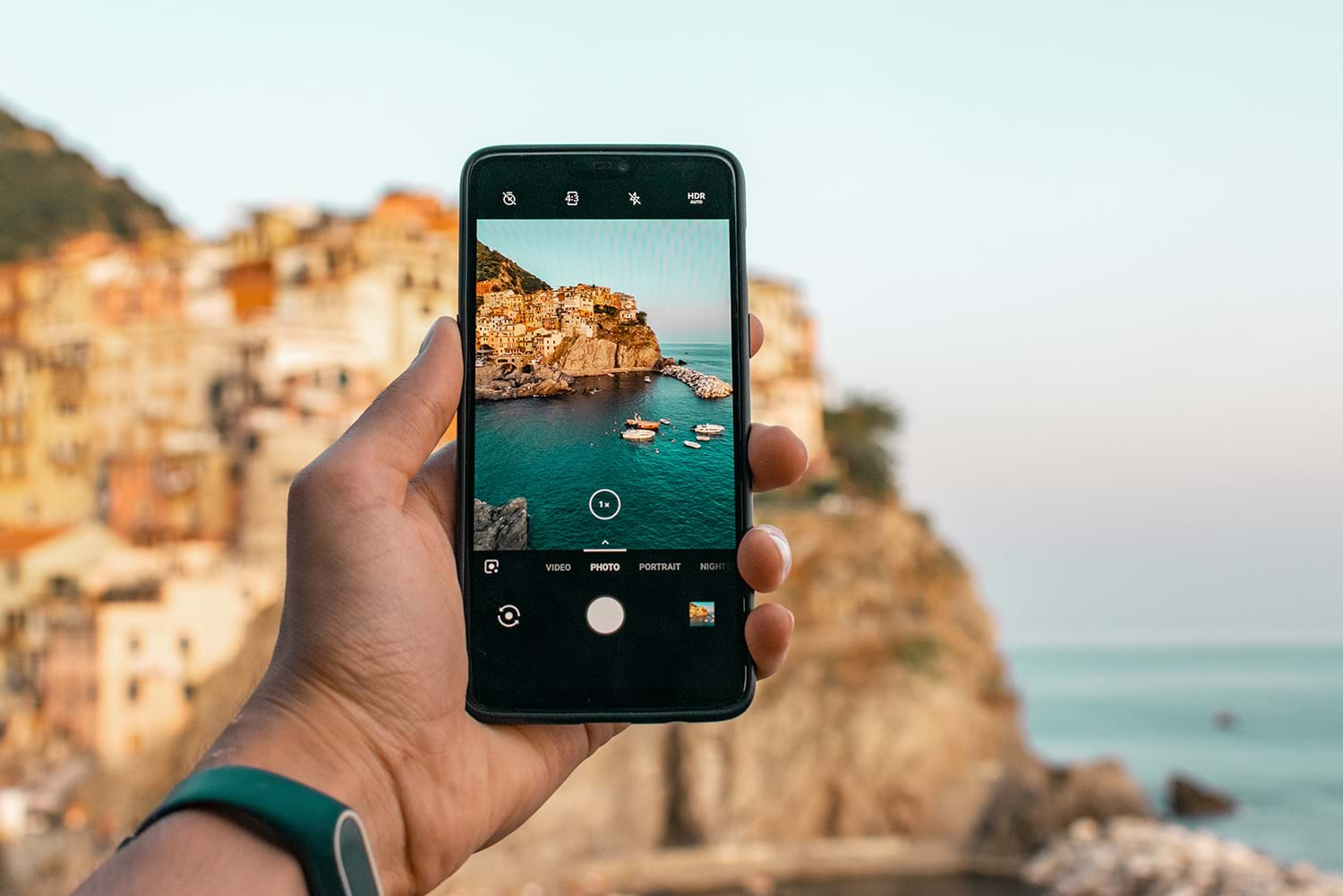
Photo by Dominik Dancs on Unsplash
3. Be certain you can use your smartphone without a hitch
If you’re going to an especially remote area, cell phone service may be spotty or impossible. But for most destinations in the world, you’ll likely be able to use your smartphone. However, it’s still smart to confirm you won’t have any problems.
For domestic travel, you can check your cell phone provider’s coverage maps. If you want to be certain, contact them directly.
For traveling abroad, you should alert your cell phone provider where you’re going and when. Check if you need to take special steps or set up a temporary plan to ensure you can use your phone without encountering problems – or getting surprise fees.
You can also start with your provider’s website. Here’s a helpful page from Verizon.
4. Alert your bank and credit-card companies
Of course you want to access funds for the day-to-day activities of your vacation. But drawing from an ATM thousands of miles away could look like suspicious activity on your bank account.
To ensure you won’t have a problem, inform your bank or credit union about when and where you’ll be going on vacation.
Also, designate which credit cards you absolutely need to take, and alert the credit companies about your vacation.
Similar to your bank, your credit-card company could decline a transaction because it looks suspicious.
Check out these additional credit-card related travel tips from NerdWallet.

Photo by Edvin Johansson on Unsplash
5. Be smart about where you stay
Whether staying in a hotel or a home share, choose busier, more well-known areas for lodging. Use guidebooks, online reviews, and other traveler resources to make sure you stay at reputable establishments that aren’t known for their safety and security problems.
6. Pack to be prepared for the elements - and the locals
Check the local forecasts for your destination and pack appropriately. If you’re doing a day-long walk or hike in a more mountainous region, for example, you may need to prepare for a wide range of temperatures.
Also, pack clothing that can help you blend in. One of the best ways to prevent being taken advantage of as a tourist is to not look like one. Research local customs and dress codes, particularly when visiting religious or sacred sites abroad.
In general, try to dress conservatively and do your best to look like a local (and act like one when you’re there).
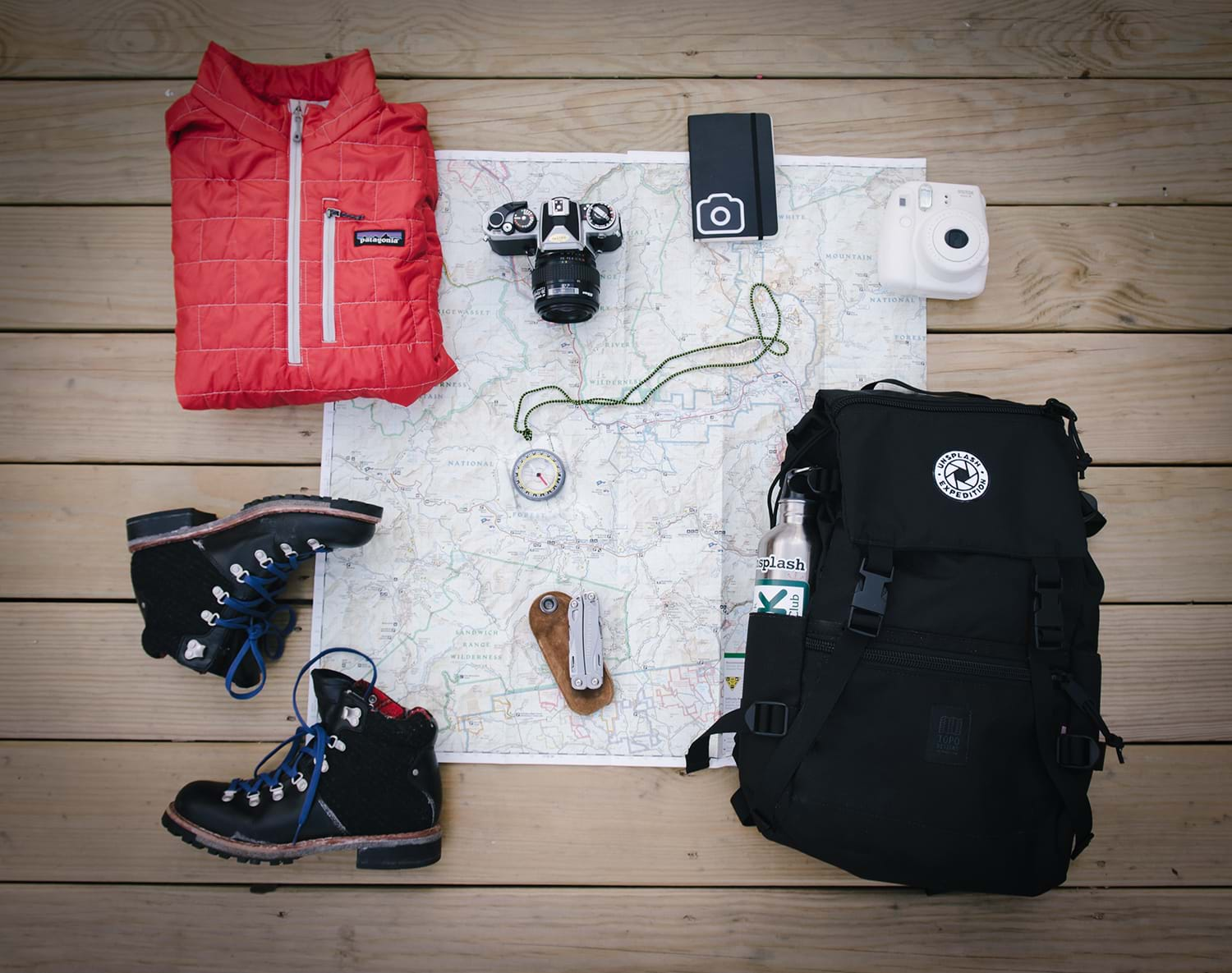
Photo by Alice Donovan Rouse on Unsplash
7. Prepare a travel safety kit
Your travel safety kit should obviously be tweaked based on your personal needs, as well as where and when you’re going. Basic items may include:
- Prescription medication
- Sunscreen
- Insect repellent
- Bandages
- Hand sanitizer
- Antibiotic ointment
- Over-the-counter medicines for:
-
Diarrhea
- Headache
- Motion Sickness
- Allergies
-
For a more comprehensive list of items, check out the Pack Smart list from the Centers for Disease Control and Prevention.
8. Download safety and security apps
No matter where you travel, consider downloading travel apps that can enhance your safety and security. Among our top safety picks are the following:
- GeoSure (Android) (iOS) uses aggregated data and machine learning to give neighborhoods proprietary GeoSafeScores. It also has special features like women- and LGBTQ+-specific safety scores.
- bSafe (Android) (iOS) shares your movements with loved ones and sends out an alarm if you need help.
- Noonlight (Android) (iOS) is a safe-button app that can automatically alert authorities and send them your location if you don’t enter a preset security code.
- FoneTrac (Android) (iOS) lets you check in as safe – or send a panic alert – with the press of a button.
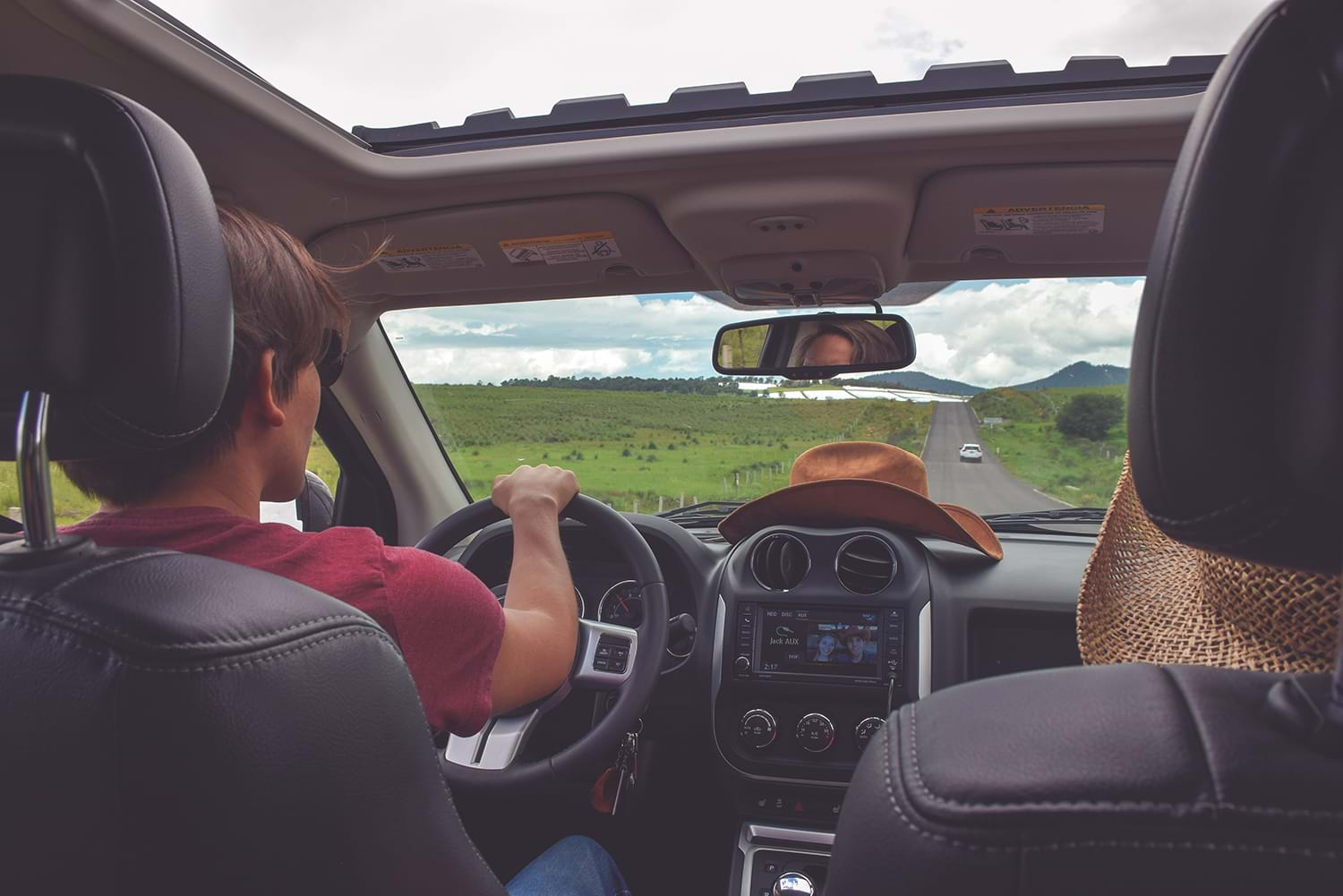
Photo by Alex Jumper on Unsplash
9. Find out if you need rental-car insurance before you go
It’s easy to shrug off the need for insurance when renting a car, but it’s best to make an informed decision, especially if you’re renting abroad.
First, confirm whether you’re already covered. Travelers generally have four options beyond buying the rental-car company's insurance coverage:
- Your own auto insurance, which may cover you domestically
- Coverage through your credit card
- Coverage from companies like insuremyrentalcar.com
- Coverage through a travel insurance policy
For more information, check out What If I Have an Accident With My Rental Car? You may also want to look at the U.S. State Department’s Driving and Road Safety Abroad webpage.
10. Get your car road-trip ready
If you’re road-tripping it, your vacation depends on a safe, reliable car. It’s imperative that you do a thorough inspection. Here’s a helpful resource for DIYers from Popular Mechanics.
If you’d rather leave it to the pros, take your car to a trusted mechanic for a maintenance checkup and let them know you want it road-trip ready.
If your car should break down on the road, be prepared by having a roadside assistance plan in place and have the phone number in your contacts.
11. Let family and close friends know your itinerary
When are you leaving and returning? What’s your route there and back? Will you have a daily itinerary?
Let select people back home know these details – but not on social media. See more on that directly below.
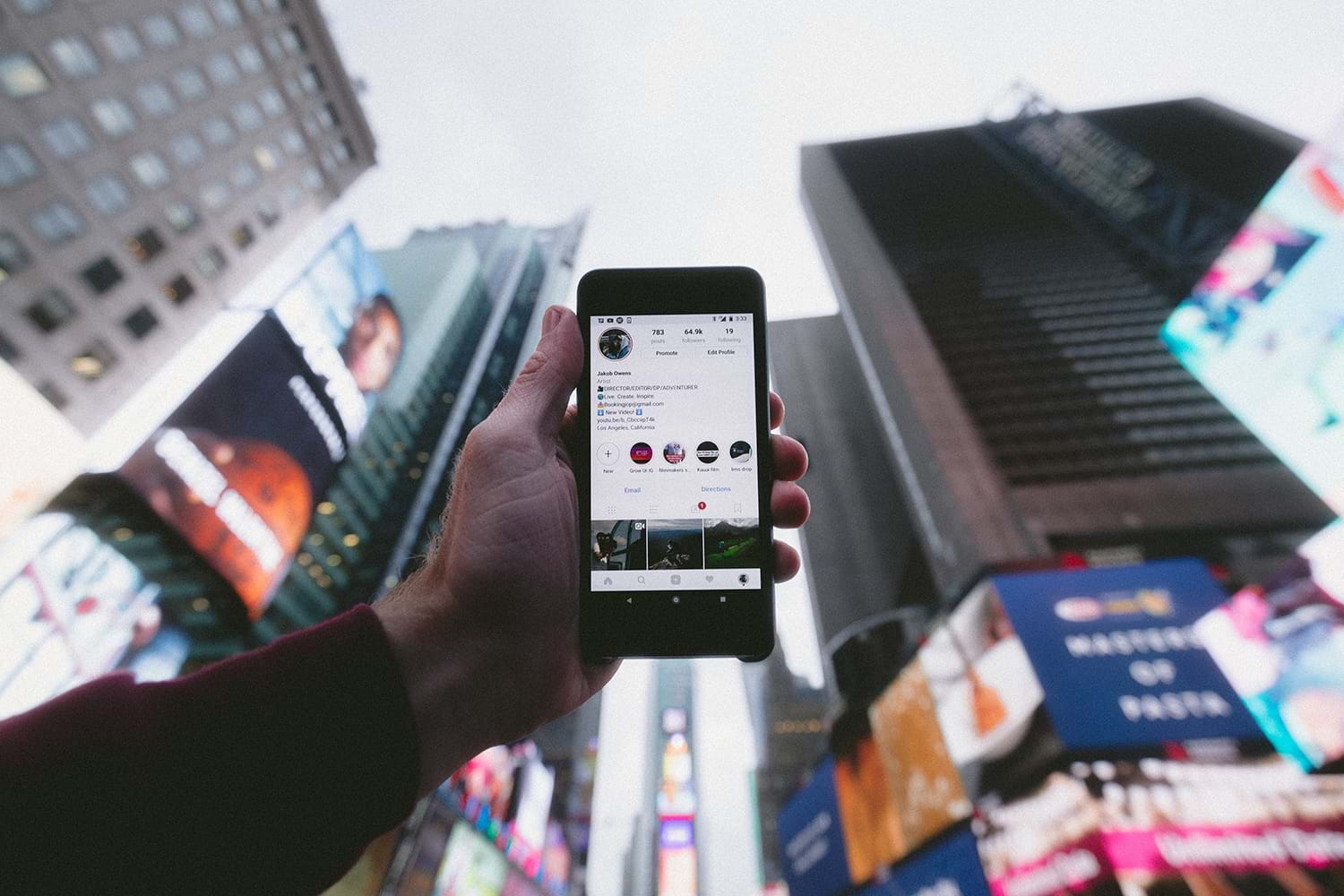
Photo by Jakob Owens on Unsplash
12. Be cautious with your social-media activity
You may love to share almost everything on Facebook, but you’ll want to change up your social media behavior while on vacation – and before you go.
While you may be inclined to let connections know your plans, remember that it also alerts potential burglars and hackers. Despite privacy settings, you’re still taking a risk by announcing your vacation on social media.
Painful as it may be, you should consider waiting until you return home before you share those vacation pics.
13. Make sure you have everything by making a checklist
Before you step out the door, confirm you have everything you need. Obvious, right? But things can change if you’re in a traveler’s rush.
Ensure you’re good to go by creating a checklist on your smartphone or even stuck to the inside of your door to check off all the essentials. (Just take that list off the door when you leave.)
Need an example? Check this out.
Your health and safety should be a priority no matter where you travel, but that’s especially the case when traveling in another country. Take special steps like the following for a safer vacation abroad.
14. Find out about health risks and be prepared
A great place to start with health-related questions is the CDC’s Travelers' Health webpages. For example, The agency lists every country in the world and provides information on vaccinations, disease outbreaks and other health information.
Note that getting vaccinated a few days before your trip won’t cut it. The CDC recommends getting vaccines and other medicine at least a month before your vacation.
Also, check out their helpful FAQ page for people traveling abroad.
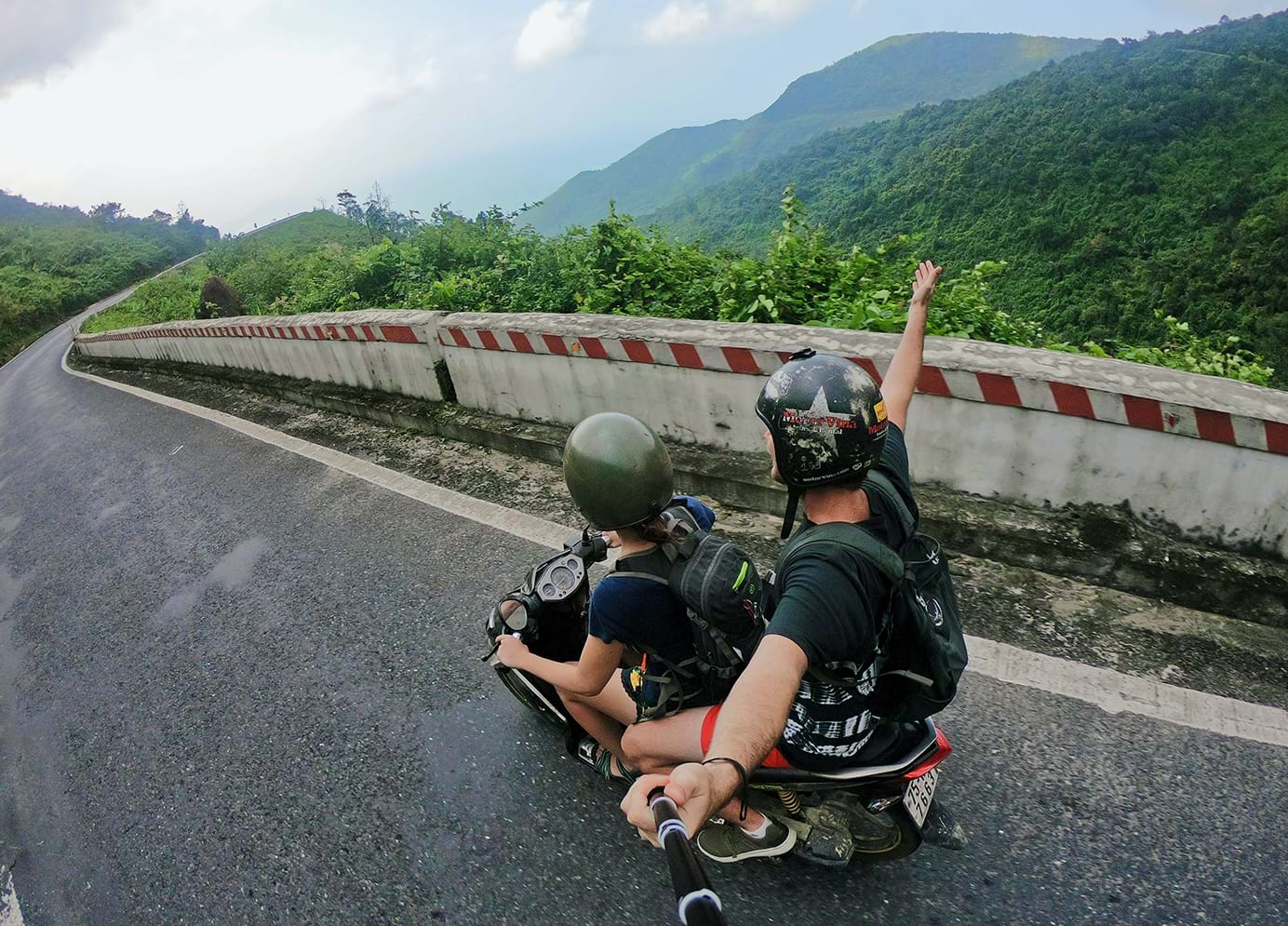
Photo by Jordan Opel on Unsplash
15. Get safety and security information for your destination and sign up for STEP
The U.S. State Department recommends signing up for its Smart Traveler Enrollment Program (STEP), which registers your trip with the nearest U.S. embassy or consulate. According to the program webpage, STEP lets you:
- Receive important information from the embassy about safety conditions in your destination country, helping you make informed decisions about your travel plans.
- Help the U.S. Embassy contact you in an emergency, whether natural disaster, civil unrest, or family emergency.
- Help family and friends get in touch with you in an emergency.
In addition, you may also want to:
- Follow the State Department on Facebook and X.
- Review the Safety and Security report for your destination by starting at the Country Information page and entering your destination.
- Review the State Department’s Traveler's Checklist.
16. Take crucial documents with you
It can be easy to get absorbed in all the “stuff” you need to bring. But for your health, safety, and security, don’t forget documents and other information beyond the obvious like your passport and tickets. Here’s the CDC’s suggested list of info and documents to take with you when traveling abroad:
- Copies of your passport and travel documents
- Copies of all prescriptions (medications, glasses, or medical supplies)
- Health insurance card and documents
- Proof of yellow-fever vaccination (if required for your trip)
- Contact card with the street addresses, phone numbers, and e-mail addresses of family members or close contacts in the U.S.
- Health-care provider(s) at home
- Lodging at your destination
- Hospitals or clinics (including emergency services) in your destination
- U.S. embassy or consulate in the destination country or countries
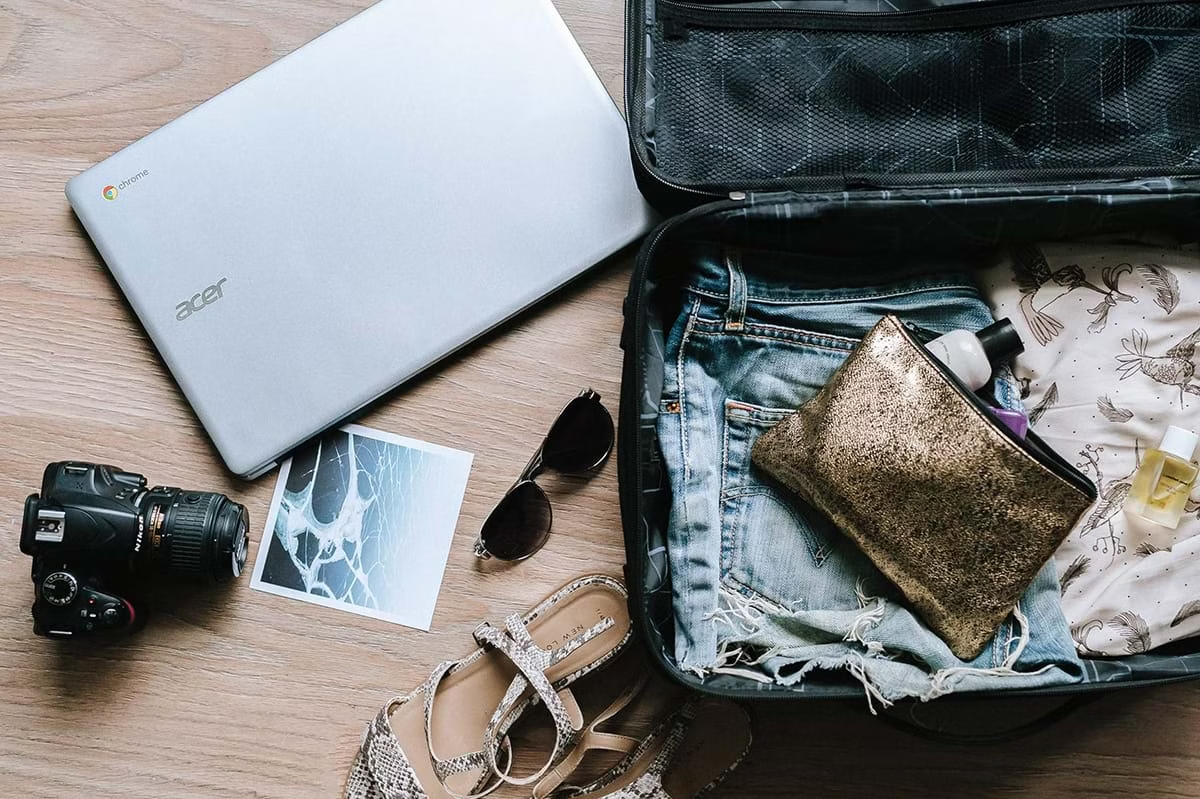
Photo by Anete Lūsiņa on Unsplash
17. Know what you can't take with you
You don’t want to get into trouble by bringing prohibited items into another country. Check with the State Department’s Customs and Import Restrictions webpage.
18. Consider travel insurance
You’re familiar with the phrase Better safe than sorry, right? In the midst of preparing for your trip – wherever it is – travel insurance may not seem like the most exciting topic.
However, it could be one of the most important.
From expensive inconveniences to the downright dangerous or disastrous, travel insurance can help keep you covered for a range of circumstances. Here are just a few:
- Getting emergency healthcare treatment
- Replacing lost, stolen, or damaged valuables
- Driving/renting a car while abroad
- Having your vacation interrupted by a natural disaster or an emergency back home
Sure, chances are good you’ll have a blast during your vacation. But that doesn’t mean things can’t go wrong. Travel insurance is a smart way to stay protected.
Questions About Travel Insurance?
Check out our online guide, "What Is Travel Insurance All About?" We've provided in-depth answers to all your travel insurance questions, starting with the basics.